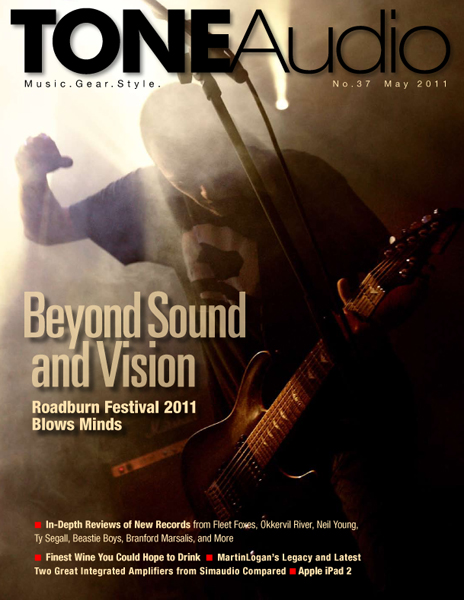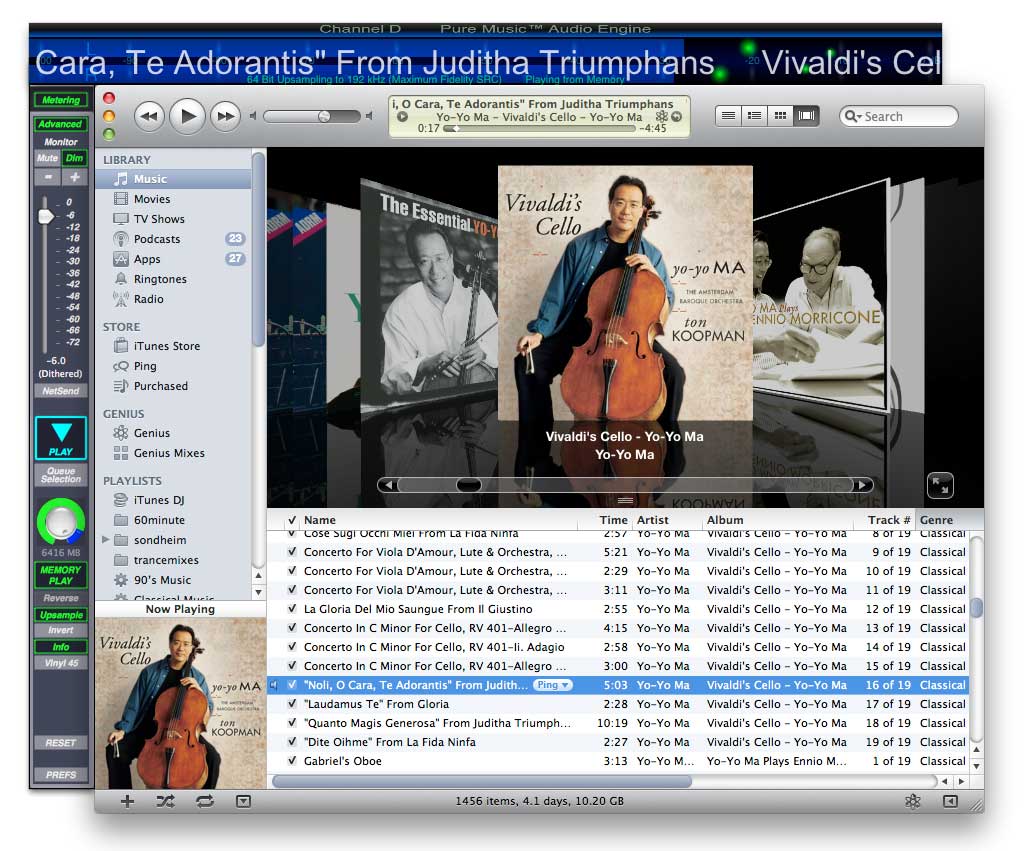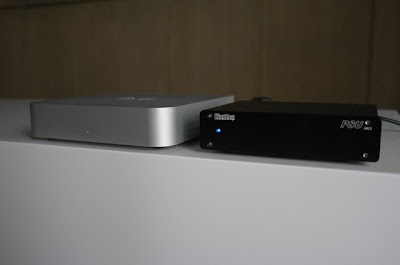Germany's AVM handcrafted Inspiration C8 All-In-One CD receiver is housed in perfectly finished an aluminum cabinet shows no evidence of assembly screws. Technologically the C8 is very flexible in terms of connections including options for home automation controls i.e. Control4, Crestron etc. All incoming digital signals are converted to 192kHz/24bit resolution.
- High Power output stages 150W/channel
- PureCD drive with slot-in, suspended mounting
- FM-RDS-tuner
- 4 Line inputs
- 1 phono input (MM & MC)
- 1 processor In/Out
- 3 digital inputs (SPDIF, optical, USB-Input operates without driver installation)
- Signal processing in all digital inputs applying 192 kHz / 24 Bit upsampling
- 2 digital outputs (SPDIF, optical)
- Tone control and parametric loudness with bypass-mode
- Remote controllable, solid aluminum easy-to-use remote control included
- External control via RS 232, IR input via external optional receiver
- Numerous setup functions (i.e. adjustable input sensitivity, individual input naming etc.)
- Available finishes: Aluminum silver or black
- Streaming function as optional module (from mid 2011)














































